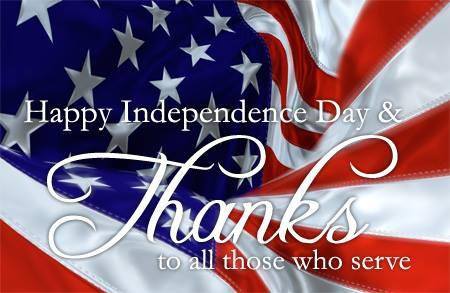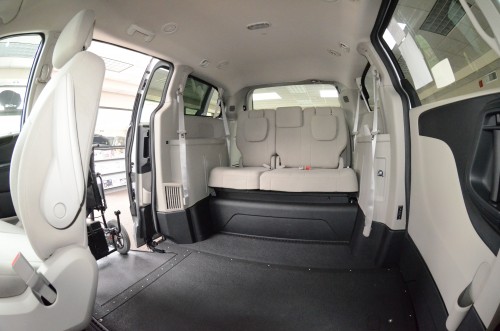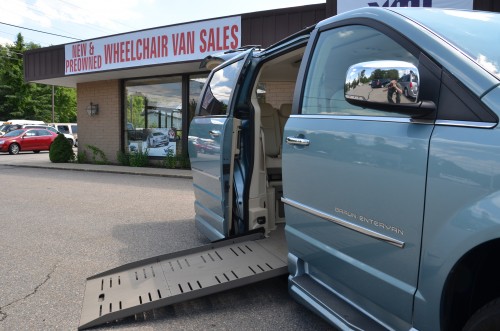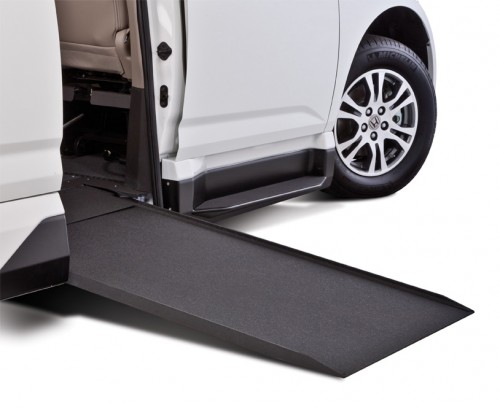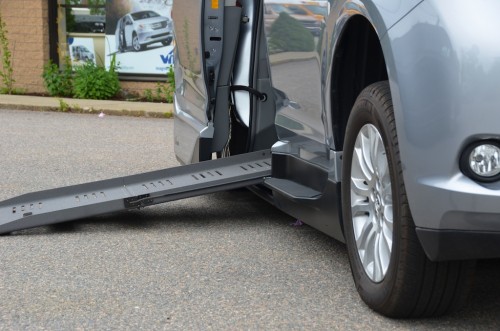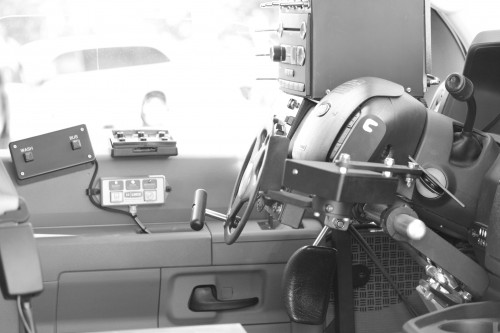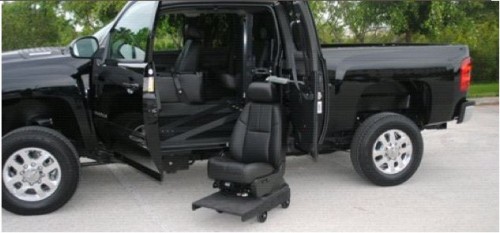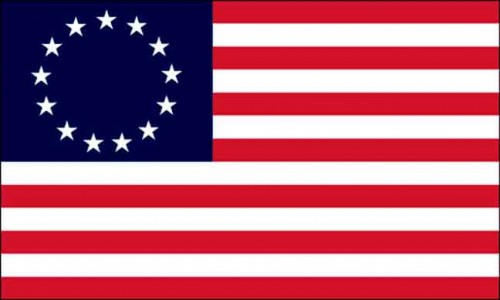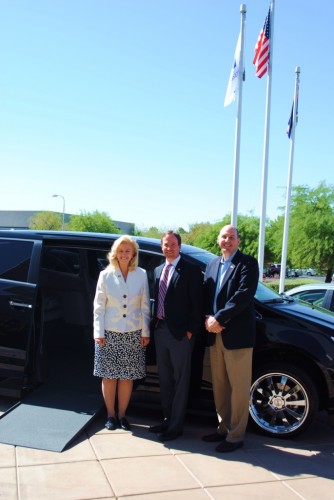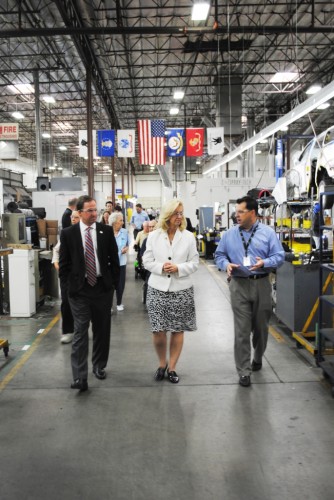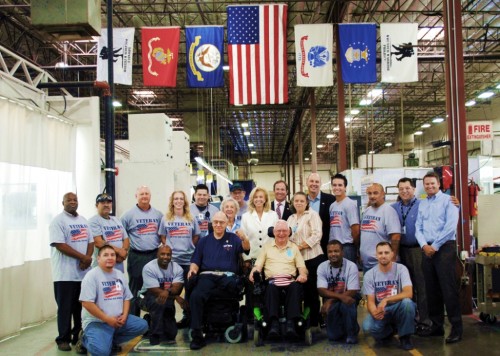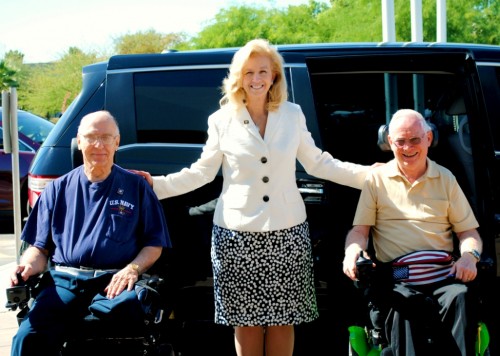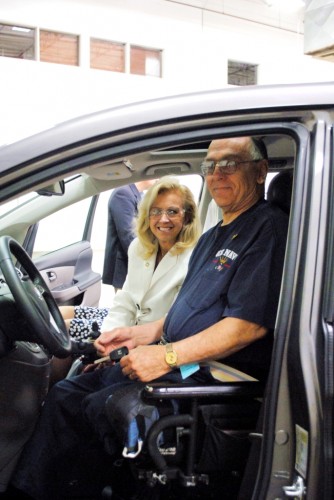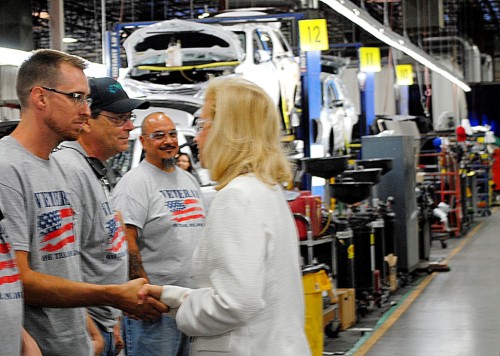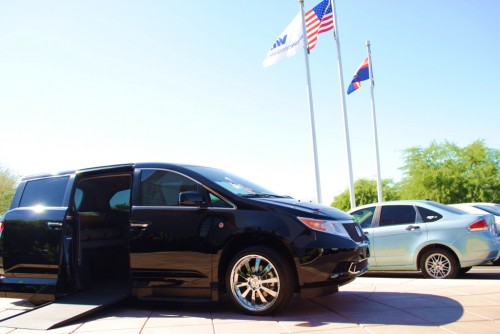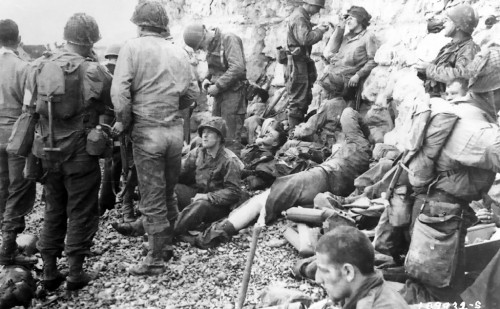
When most people think of June 6th, they think of D-Day, but one story told in the prologue of Citizen Solider will forever mark June 7th off in my mind. It involves the actions taken by one, southern boy from Mississippi named Waverly Wray. I will let Ambrose tell it:
At Dawn on June 7th, Lt. Waverly Wray, executive officer in Company D, 505th Parachute Infantry Regiment (PIR), who had jumped into the night sky over Normandy twenty-eight hours earlier, was on the north western outskirts of the village, Ste.-Mere-Eglise. He peered intently into the lifting gloom. What he couldn’t see, he could sense. From the sounds of the movement of personnel and vehicles to the north of Ste.-Mere-Eglise, he could feel and figure that the major German counterattack, the one the Germans counted on to drive the Americans into the sea and the one the paratroopers had been expecting, was coming at Ste.-Mere-Eglise.
It was indeed. Six thousands German soldiers were on the move, with infantry, artillery, tanks, and self-propelled guns – more than a match for the 600 or so lightly armed paratroopers in Ste.-Mere-Eglise. A German break through to the beaches seemed imminent. And Lieutenant Wray was at the point of attack.
Wray was a big man, 250 pounds with “legs like tree trunks.” He was from Batesville, Mississippi, and was an avid woodsman, skilled with rifles and shotguns. He claimed he had never missed a shot in his life. A veteran of the Sicily and Italy campaigns, Wray was – in the words of Col. Ben Vandervoort, commanding the 505th – “as experienced and skilled as an infantry solider can get and still be alive.”
Wray had deep South religious convictions. A Baptist, each month he sent half his pay home to help build a new church. He never swore. His exclamation when exasperated was, “John Brown!” meaning abolitionist John Brown of Harpers Ferry. He didn’t drink, smoke, or chase girls. Some troopers called him “The Deacon,” but in an admiring rather than critical way.
On June 7, shortly after dawn, Wray reported to Vandervoort – whose leg broken in the jump, was now in a cast – on the movements he had spotted, the things he had sensed, where he expected the Germans to attack and in what strength.
Vandervoort took all this in, then ordered Wray to return to the company and have it attack the German flank before the Germans could get their attack started. “He said ‘Yes sir,'” Vandervoort later wrote, “saluted, about-faced, and moved out like a parade ground Sergeant Major.”
Back in the company area, Wray passed on the order. As the company prepared to attack, he took up his M-1, grabbed a half dozen grenades, and strode out, his Colt .45 on his hip and a silver plated .38 revolver stuck in his jump boot. He was going to do a one-man reconnaissance to formulate a plan of attack.
Wray was going out into the unknown. He had spent half a year preparing for this moment but he was not trained for it. In one of the greatest intelligence failures of all time, neither G-2 (intelligence) at U.S. First Army nor SHAEF G-2, nor any division S-2 had ever thought to tell the men who were going to fight the battle that the dominant physical feature of the battlefield was the maze of hedgerows that covered the western half of Normandy.
How could the various G-2s have missed such an obvious feature, especially as aerial reconnaissance clearly revealed the hedges? Because the photo interpreters, looking only straight down at them, thought that they were like English hedges, the kind fox hunters jump over, and they missed the sunken nature of the roads entirely.
Wray moved up the sunken lanes, crossed an orchard, pushed his way through hedgerows, crawled through a ditch. Along the way he noted concentrations of Germans, in fields and lanes. A man without his woodsman’s sense of direction would have gotten lost. He reached a point near the N-13, the main highway coming into Ste.-Mere-Eglise from Cherbourg.
The N-13 was the axis of the German attack. Wray “was moving like the deer stalker he was” (Vandervoort’s words), got to a place where he could hear guttural voices on the other side of a hedgerow. They sounded like officers talking about map coordinates. Wray rose up, burst through the obstacle, swung his M-1 to a ready position, and barked in his strong command voice, “Hande Hoch!” to the eight German officers gathered around a radio.
Seven instinctively raised their hands. The eighth tried to pull a pistol from his holster; Wray shot him instantly, between the eyes. Two Germans in a slit trench 100 meters to Wray’s rear fired bursts from their Schmeisser machine pistols at him. Bullets cut through his jacket; one cut off half of his right ear. Wray dropped to his knee and began shooting the other seven officers, one at a time as they attempted to run away. When he had used up his clip, Wray jumped into a ditch, put another clip into his M-1, and dropped the German soldiers with the Schmeissers with one shot each.
Wray made his way back to the company areas to report on what he had seen. At the command post he came in with blood down his jacket, a big chunk of his ear gone, holes in his clothing. “Who’s got more grenades?” he demanded. Then he started leading. He put a 60mm mortar crew on the German flank and directed fire into the lanes and hedgerows most densely packed with the enemy. Next he sent D Company into an attack down one of the lanes. The Germans broke and ran. By mid-morning Ste.-Mere-Eglise was secure and the potential for a German breakthrough to the beaches was much diminished.
The next day Vandervoort, Wray, and Sgt. John Rabig went to the spot to examine the German officers Wray had shot. It turned out that they were the commanding officer and his staff of the 1st Battalion, 158th Grenadier Infantry Regiment. The maps showed that it was leading the way for the counterattack. The German confusion and subsequent retreat were in part due to having been rendered leaderless by Wray. At the scene of the action, Vandervoort noted that every one of the dead Germans, including the two Schmeisser-armed Grenadiers more than 100 meters away, had been killed with a single shot in the head. Wray insisted on burying the bodies. He said he had killed them, and they deserved a decent burial, and it was his responsibility. (Citizen Soldiers, 17-21)
Lt. Wray was killed in action on September 19th, 1944.
It is foolish and wrong to mourn the men who died. Rather we should thank God that such men lived.
Patton, George S.
Source: Attributed to General GEORGE S. PATTON, JR., speech at the Copley Plaza Hotel, Boston Massachusetts, June 7, 1945.These words were reported by William Blair in The New York Times, June 8, 1945, p. 6, and by Stephen Lynch in the Boston Herald, June 8, 1945, pp. 1, 16 . Other newspapers of that day have variant wordings.The speech was extemporaneous and is not included in his published papers. Biographers of Patton have used variant wordings of this quotation, and Mike Wallace as narrator of the 1965 David Wolper television production, General George Patton, quoted this as, Let me not mourn for the men who have died fighting, but rather let me be glad that such heroes have lived.Patton had expressed himself in similar words at a memorial service at an Allied cemetery near Palermo, Italy, November 11, 1943: I consider it no sacrifice to die for my country. In my mind we came here to thank God that men like these have lived rather than to regret that they have died.Harry H. Semmes, Portrait of Patton, p. 176 . · This quote is about soldier

